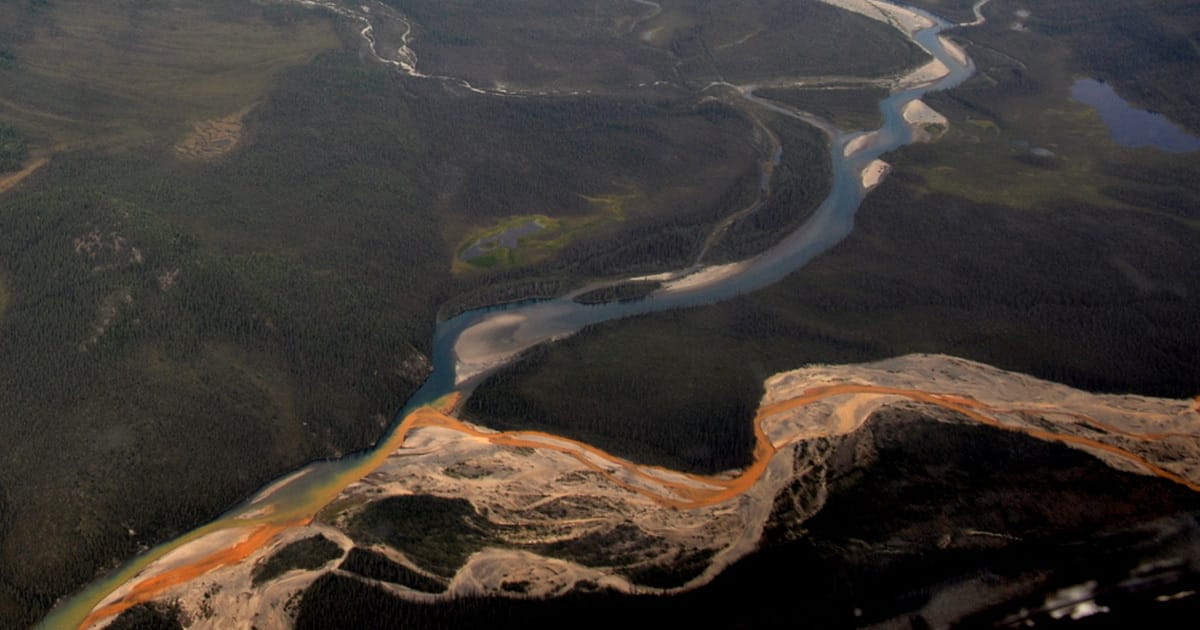Alaskan rivers undergo dramatic color transformation due to climate change
What's the story
A recent study published in Nature Communications: Earth & Environment reveals a startling transformation in the remote Alaskan backcountry.
The rivers, once glacier blue, have turned bright orange over the past decade due to climate change.
This color change is caused by thawing permafrost releasing minerals such as iron and toxic metals into the water.
"There are certain sites that look almost like a milky orange juice," said National Park Service ecologist and study lead author Jon O'Donnell.
Consequences
Environmental impact of Alaskan rivers' color change
The color change in Alaskan rivers has significant environmental implications, researchers warn.
The thawing permafrost and mineral runoff, including toxic metals like lead, zinc, iron, copper, nickel, mercury, and cadmium, make the streams more cloudy and acidic.
This can affect plant and aquatic life; for instance, salmon fishes can store toxic minerals in their flesh.
O'Donnell compared the bright orange hue of these rivers to those seen in regions with a history of mining like parts of California and Appalachia.
Risks
Potential health risks and future research directions
The color change in Alaskan rivers also poses potential risks to human health.
Many Alaskans who rely on subsistence fishing could be harmed by these changes.
Additionally, drinking water downstream can become contaminated due to the mineral runoff.
Researchers are now trying to identify more affected locations around Alaska and trace the metals and minerals back to their source.
However, they suggest that addressing the growing climate crisis would likely be the most effective long-term solution.
